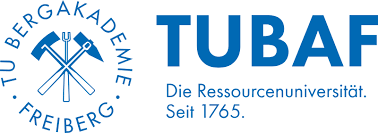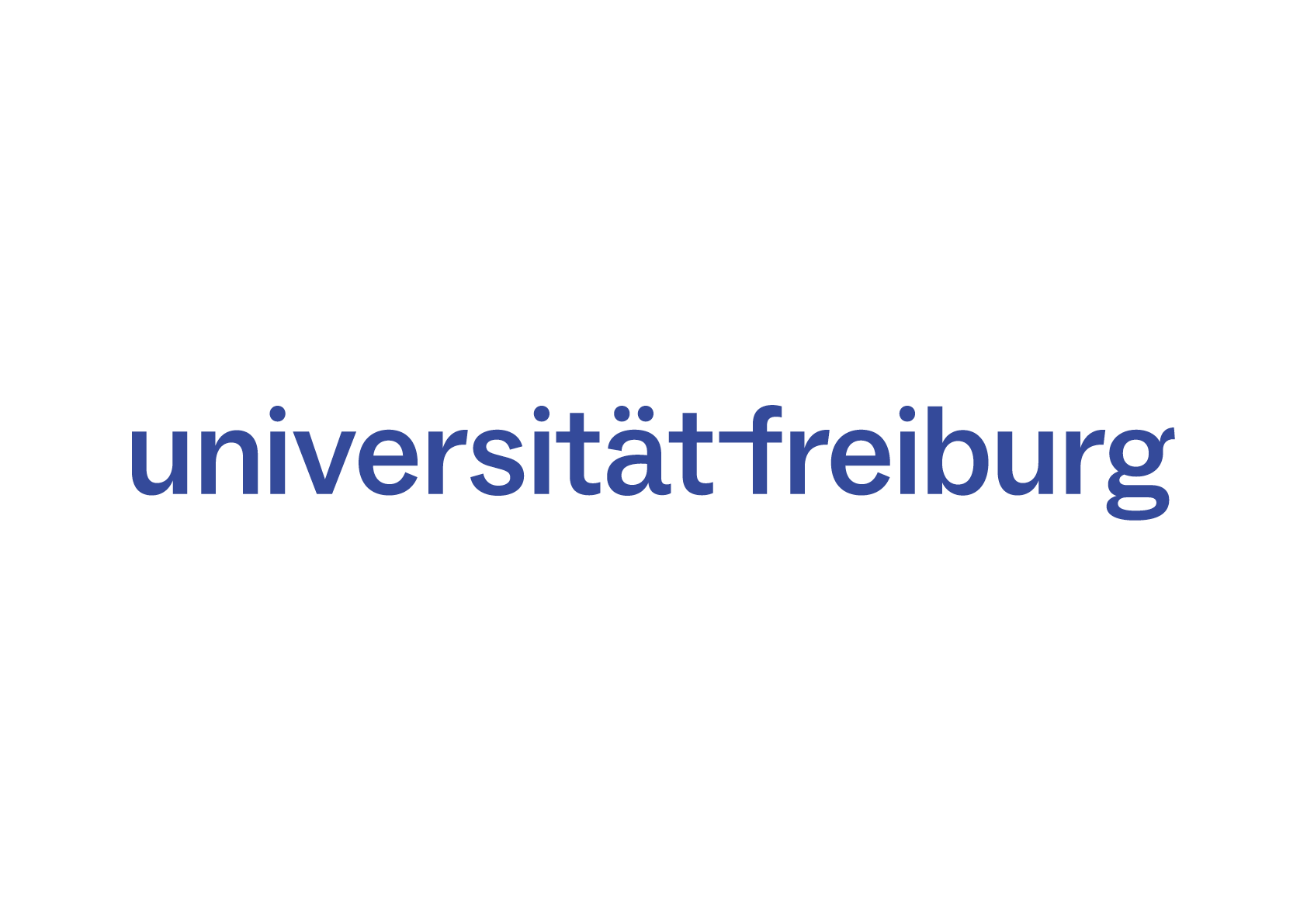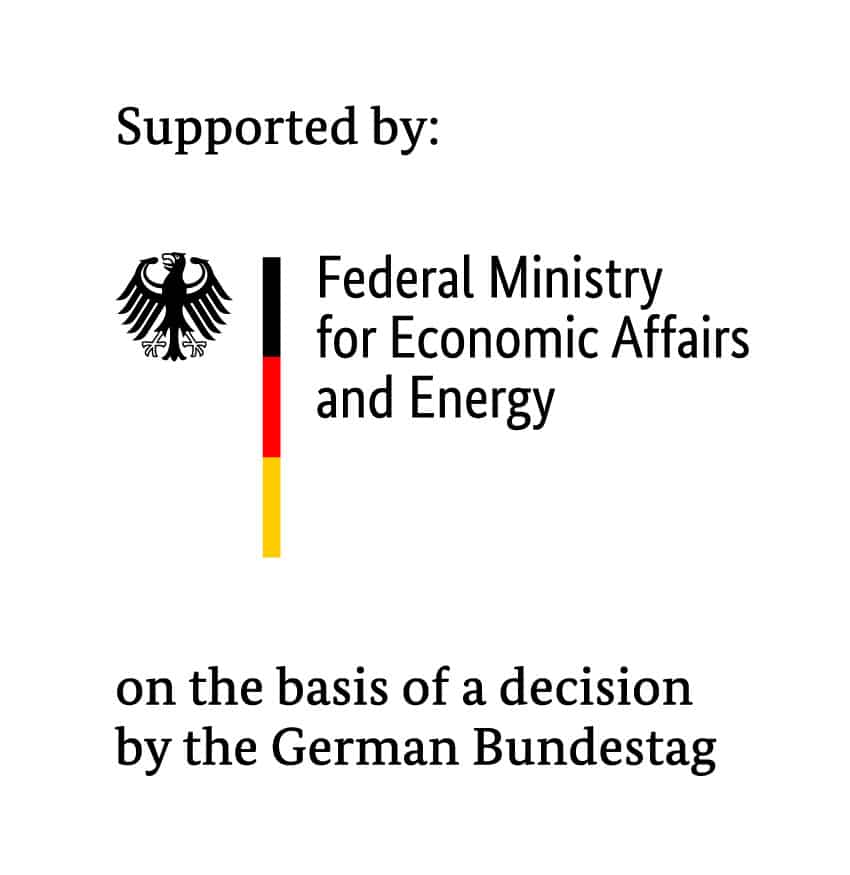
GENESIS – Novel and advanced production processes for the next generation of silicon solar cells
Contact
Dr. Verena Mertens
Tel.: +49(0)5151-999 315
E-Mail: mertens@isfh.de
The ISFH subproject supports the process development of the industrial partners Innolas, RENA and Centrotherm Industries in three central aspects of the GENESIS joint project, namely 1) the evolutionary further development of process technology and the efficiency of industrial bifacial PERC+ solar cells, 2) the integration of a charge carrier selective POLO (Poly Silicon on Oxide) contact on the PERC+ rear side and 3) the characterization and simulation of solar cells.
The ISFH SolarTeC will develop a reference process for bifacial PERC+ solar cells with screen-printed Ag and Al finger grids with an efficiency of 23.0% under illumination from the front, which clearly exceeds the current state of the art of about 22.0% efficiency of industrially produced PERC solar cells. When illuminated from the rear, the PERC+ solar cells should achieve an efficiency of over 18.4%, which corresponds to a bifaciality of more than 80%. The ISFH sub-project is developing a high-quality laser-doped selective emitter which is contacted with screen-printed Ag fingers. The PERC+ rear side is to be contacted with very narrow Al fingers with widths below 75 µm for reduced shading of the rear side metallization and the laser contact openings are to be further improved accordingly. In addition, the rear side of the PERC+ cells is to be optimized with regard to light coupling by means of advanced wet-chemical cleaning and polishing processes.
With regard to POLO contacts, the main challenge in the GENESIS sub-project is to integrate the two-sided LPCVD Poly-Si deposition into the existing PERC+ production process at low cost and with as little additional effort as possible. In particular, aspects of process control will be evaluated, such as the homogeneity of the wet-chemical interface oxide, the one-sided removal of the POLO layer and low-loss contacting of the POLO layers using Ag screen printing. The integration of these process steps into a production-relevant PERC process should allow J0 values of the entire PERC back side < 10 fA/cm² and efficiencies greater than 23.5%.
A detailed understanding of the essential loss mechanisms of a solar cell is indispensable for the development of technology and the further increase in efficiency. Analytical methods are being developed to differentiate between recombination and series resistance-related influences on the current-voltage characteristic of the solar cells. To evaluate the solar cell front, the modeling of internal quantum efficiency (IQE) is extended to separate the influence of recombination in the emitter from the influence of absorption in dielectric layers. The data obtained from the characterization of the individual processes is used in solar cell simulations to evaluate the progress in optimizing the individual processes with regard to efficiency increases in the solar cell. These simulations also provide information about the remaining potential for further improvements and allow the most promising step for further efficiency increases to be selected.
For the precise measurement of the collection properties and the efficiency of bifacial solar cells, new methods for contacting the back of the solar cell are necessary. Various contacting methods and measuring guidelines, especially for bifacial solar cells without current-collecting busbars, are being investigated. For this purpose, new contacting systems are developed and tested for the existing measuring systems.
Partner





Duration of the project
01.05.2018 – 31.10.2021
Final report
The final report of the project can be found here!
Funding
The project is funded by the Federal Ministry for Economic Affairs and Energy under grant no 0324274B.


